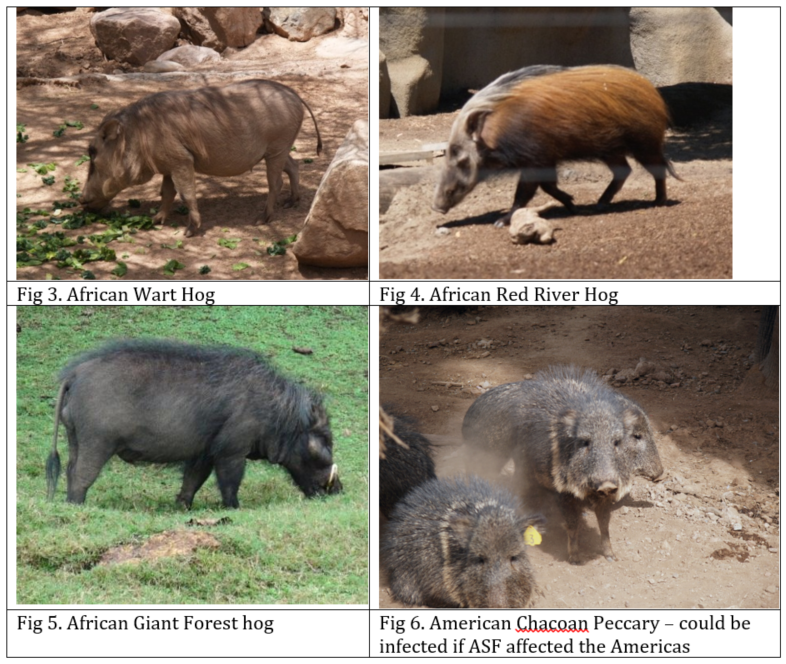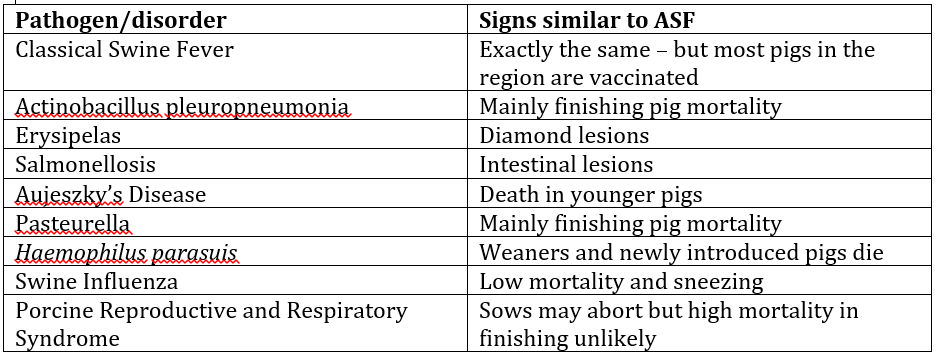



The Horror of African Swine Fever in Eastern Europe
EUROPE - Over this summer, it has been with increasing dread that the pig industry has watched the progressive and relentless movement of African Swine Fever in the East of Europe, writes Veterinarian Dr John Carr, for ThePigSite.Following the introduction in 2007 in Georgia, the virus is now well established in the West of Russia, the Baltic region, northern Ukraine and Poland. The disease is spreading out in all directions.
Unfortunately Belarus does not reveal the situation within its area which is a critical problem in the elimination of this virus.
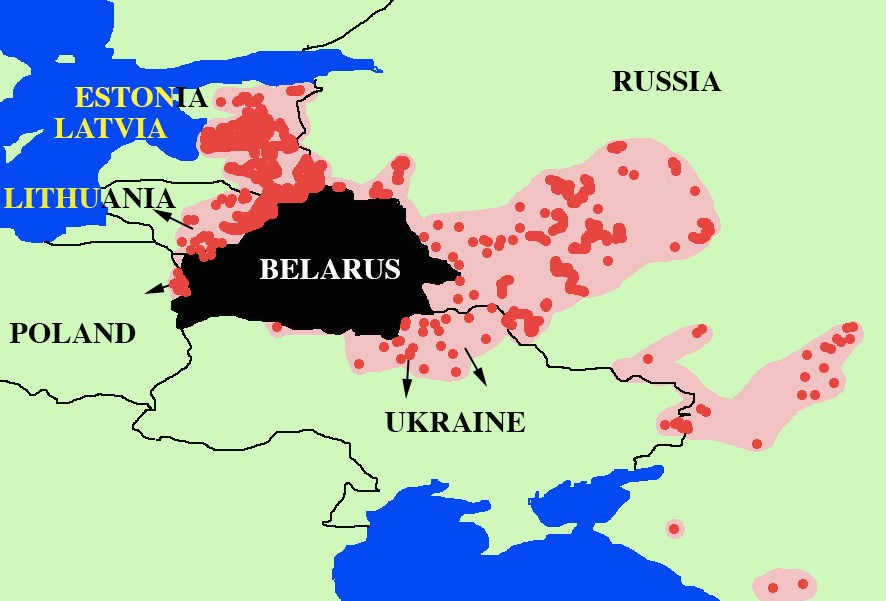
The red circles indicate cases the pink area is the authors area of concern.
The number of cases this summer has dramatically increased with the Baltic states taking the brunt of the new cases.

http://www.oie.int/wahis_2/public/wahid.php/Countryinformation/Diseasetimeseries
African Swine Fever (ASF) is a large DNA virus which is closely related to pox viruses and some insect viruses.
There are at least 22 different types of the virus. The virus is an insect virus naturally living in the soft body tick Ornithodorus moubata, which lives in Africa.
It unfortunately is able to also replicate in pigs- Sus scrofa, (the wild and domestic pig) but also the Wart Hog, Giant Forest Hog, Red River hog and even the Peccaries of the America’s.
The clinical signs of ASF can be dramatic but they also resemble a number of other conditions.
Clinical signs include death and more death.
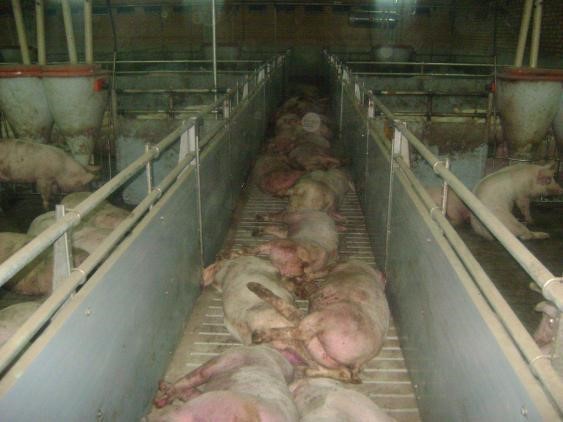
While many pigs die suddenly, some live for a week (2-10 days) between clinical signs and death, the pigs may also present with a variety of clinical signs:
- High temperature – many sows may abort – often the first dramatic sign
- The pigs will stop eating
- They will be quiet and look depressed
- There may be skin colour changes with red blotches
- The pigs may be constipated and then have diarrhoea
Finally there may be dramatic blood at the nose and rectum and blood spots evident on the skin.
Farmers have to realise that ASF affects pigs of all age groups, whereas most of the other conditions which may produce some of the similar signs, do not.
Table 1. Disorders which may classically resemble African Swine Fever
African Swine Fever has resulted in over a quarter of a million pig’s lives (dead and destroyed) in Europe since the beginning of 2014 with most of the deaths in Russia. But, in 2015, the cases have increasingly been in the Baltic States and Ukraine.

Some pigs will survive ASF, including wild boars, but the problem here is that they are then carriers for the rest of their lives and can infect other pigs.
Control and treatment
There is no treatment for ASF. Currently, there is no vaccine, although there are trials being carried out with various ideas.
Note with 22 different strains, it is likely that there would have to be 22 different vaccines. But, if a vaccine was available to the type II strain affecting Eastern Europe it would be an invaluable tool in the control of this problem.
Stopping the spread of the virus
A pig is infected by ingesting (oral) infected pig products. All body secretions have large amounts of virus present – other pigs, faeces, urine, blood and meat.
The virus can survive for years in meat products and 2-3 weeks in faeces. Dead wild boars can act as a reservoir for any curious wild boar. To control the virus regional stamping out is practiced in a 10km zone around the affected animal(s).

With poor biosecurity pig products can be moved by vehicles, equipment, clothing and boots. Pig movement is a serious risk, especially moving sick or none sick pigs to the slaughterhouse to try and gain some small monetary reward.
Disinfectants will destroy the virus – sodium hydroxide, hypochlorites, formalin, phenols and iodine compounds. But they must be used at the correct concentration.
But, the biggest issue with disinfectants is that the surface to be disinfected must be clean. Cleaning takes time and patience and most of us do not want to do a great job. In this case mediocre is not enough.
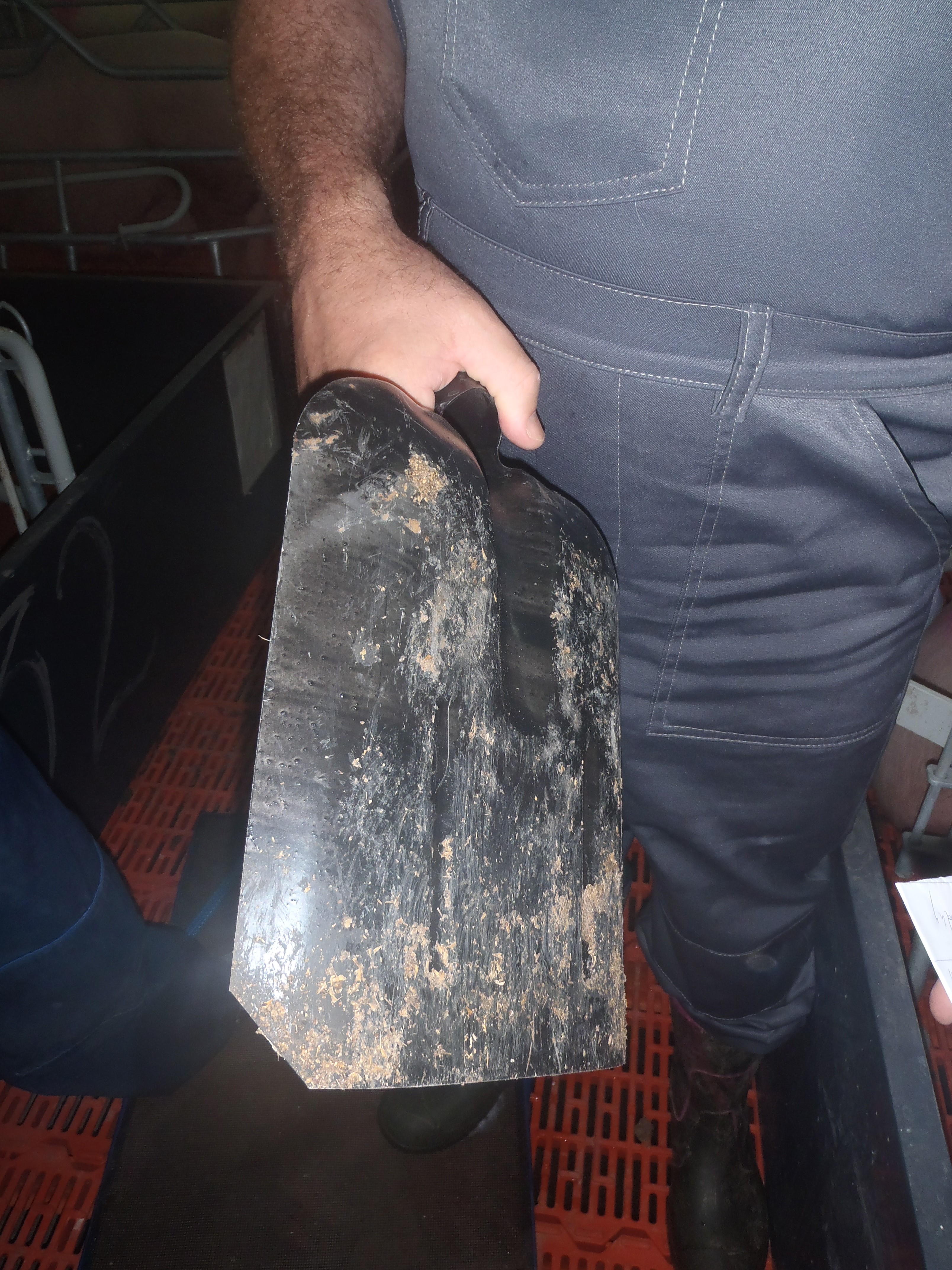
Clean it before you disinfect it!
Outcome
This scourge is becoming ingrained in Eastern Europe. In the last 18 months we have all had worries and concerns over Porcine Epidemic Diarrhoea (PED).
African Swine Fever is rapidly becoming the next great, and possibly the greatest threat, to the European pig herd, even more than PMWS!
With PED, as was expected, the case rate over the summer dropped. Farms can recover from PED, but farms cannot recover, without depopulation and lots of hard work, from ASF. This is a problem for all of us.
A farm could practice the greatest biosecurity, but a case within 10 km of your farm is likely to result in government action against your pigs.
Stopping the spread relies heavily on the surveillance and honesty of the whole farm health team.
This is not a disease you can hide whether you have just one pig or 50,000. If you suspect ASF ask your veterinarian, do not hide.
Perhaps the PED outbreak has prepared European farmers to cooperate more and practice better biosecurity. But without a vaccine we can only rely on ourselves to control this terrible disease we cannot wait for science to save us.

"With thanks to Dr Zugmunt Pejsak for many of the pictures"
Further reading







